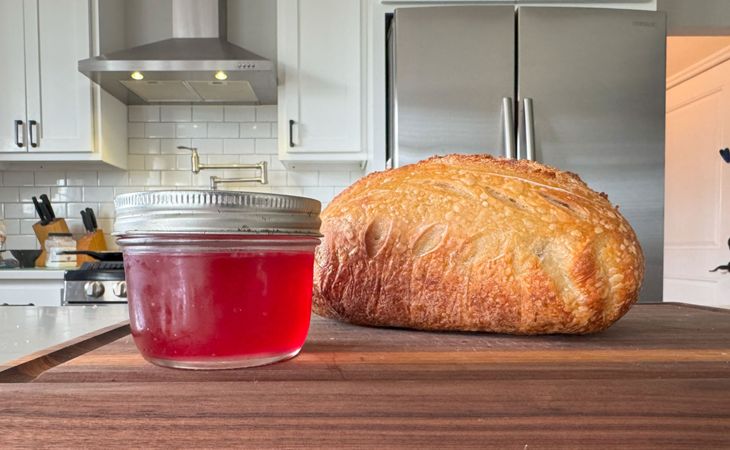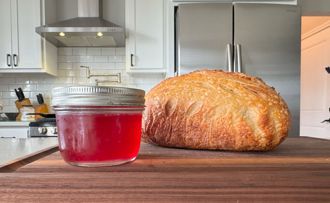Planting Quince Trees
Successfully establishing a young fruit tree in your yard starts with your planting site and method. Once a fruit tree is established, it needs little assistance to grow and bear fruit; but you’ll want to make sure you give your trees the right foundation.
NOTE: This is part 4 in a series of 11 articles. For a complete background on how to grow quince trees, we recommend starting from the beginning.
Fruit trees require fertile soil for good growth, so before you plant, check your soil pH. Contact your local County Extension Office for information about soil testing in your area, or purchase one of our digital meters for quick and accurate results. Quinces prefer a slightly alkaline soil pH of 6.5-7.0. They grow in many soil types but do best in deep, very loamy soil. Steer clear of soils that are poorly drained.
Planting Tips
- When selecting a location, be sure to choose a site that receives full sun and shelter from wind.
- It is important that your planting location receives full sun for vigorous growth and quality fruit production.
- Space your trees 10-25 feet apart depending on the variety.
- Dig a planting hole approximately twice the width of the pot and at the same depth as the root ball.
- Enrich the planting hole with peat moss, compost or pine bark mixed with soil dug from the hole.
- The quince should be planted at or slightly above the same level, at which it grew in the pot.
- Fill the planting hole with the mix of enriched soil; gently tamp it in.
- In order to settle the roots and eliminate air pockets water thoroughly.
- Mulch the entire planting area with about 4-6 inches of mulch pulling the mulch a few inches away from the trunk to keep moisture from accumulation next to the bark.












